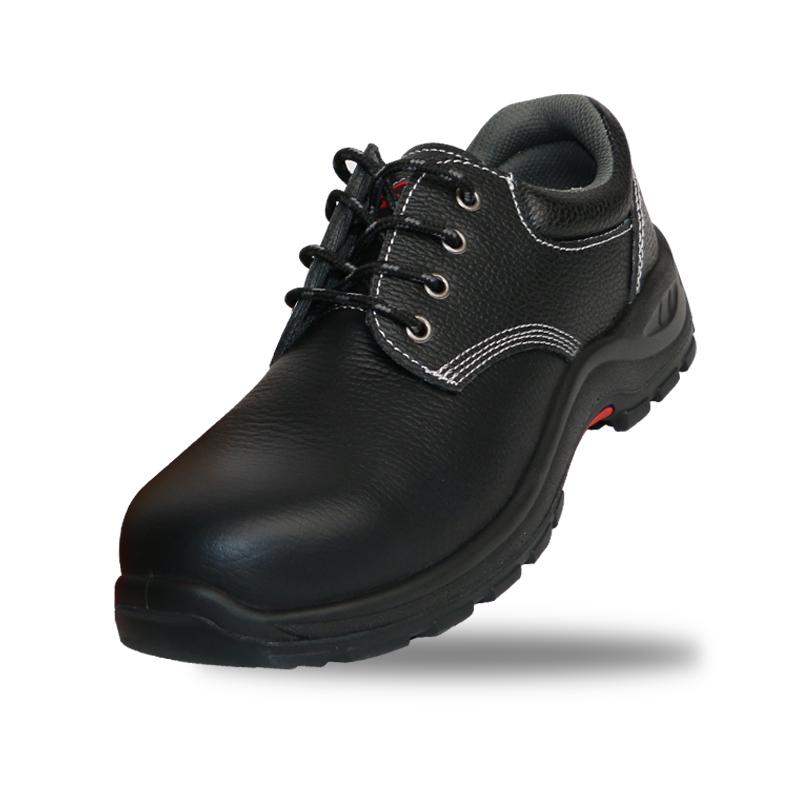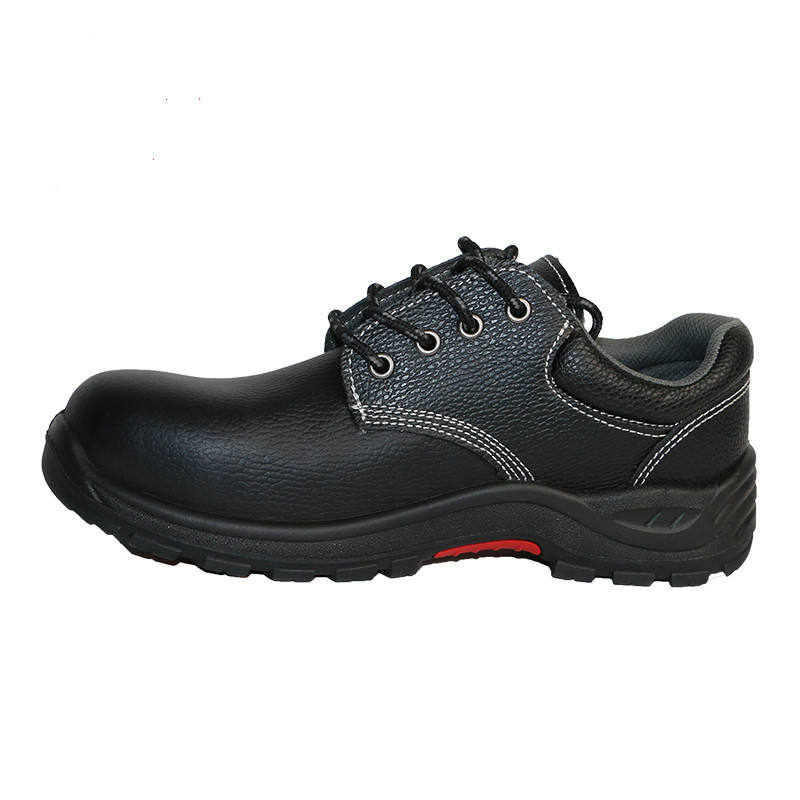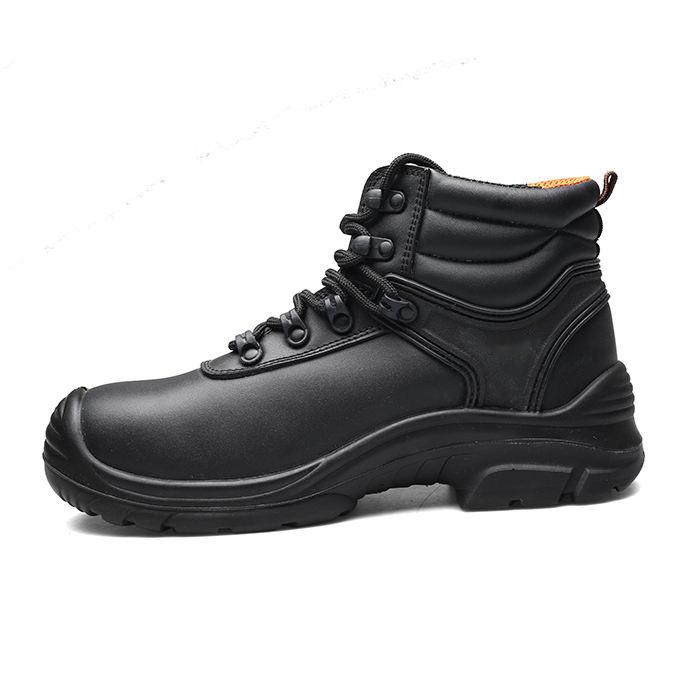Premium Safety Clothing for Workers – Durable Working Clothing Solutions
In the rapidly evolving world of safety clothing, industrial and commercial sectors increasingly value high-performance working clothing designed to enhance worker safety clothing and overall well-being. This in-depth resource explores the latest industry trends, technical parameters, manufacturing processes, and comparative analyses. It also showcases the advanced Anti-collision shoes—a prime example of innovative protective footwear tailored for demanding environments.
Industry Trends in Safety Clothing (2024 and Beyond)
The safety clothing industry is experiencing a shift towards smart materials, stricter compliance, and customization for industrial safety clothing. According to a report by MarketsandMarkets, the global safety clothing market is projected to grow at a CAGR of 6.4% from 2023 to 2028, reaching $48 billion by 2028.
Key drivers include:
- Increasing regulations (ISO 20471, ANSI, EN norms) for high-visibility and impact-resistance.
- Adoption of smart textiles incorporating sensors and real-time hazard response.
- Heightened demand from petrochemical, metallurgy, water treatment, electrical, and logistics industries.
- Focus on eco-friendly, recyclable, and high-durability fabrics for worker safety clothing.

Product Focus: Anti-collision Shoes
Anti-collision shoes (Industrial Protective Footwear) by GoodSafetyHelmet are engineered for critical environments, offering impact-resistance, oil and acid-resistant outsoles, and ergonomic comfort.
| Parameter | Specification | Industry Standard |
|---|---|---|
| Upper Material | Hydrophobic Cowhide Leather, TPU Reinforcement | ISO 20345:2022 |
| Toe Cap | Composite (Fiberglass/Steel / Aluminum; Impact ≤ 200J) | EN ISO 20345; ASTM F2413 |
| Midsole | Puncture-proof Kevlar or Steel | EN 12568 |
| Outsole | Nitrile Rubber, Oil/Acid/Slip Resistant | ISO 20345:2011 |
| Electrical Resistance | >1000 MΩ (ESD Safe) | ASTM F2892 |
| Weight | 1.15 kg (Size 43, per pair) | ANSI Z41 |
| Service Life | ≥24 months in normal industrial conditions | GS Mark |

Comparative Parameters: Safety Clothing vs. Conventional Working Clothing
| Specification | Safety Clothing | Conventional Working Clothing |
|---|---|---|
| Impact Resistance | ≥ 200J (Toe Cap)/≥ 15 kN (Compression) | Absence of Impact Cap |
| Flame Resistance | NFPA 2112 Class 2 Certified | None |
| Chemical Resistance | PVC / Nitrile Layered ≤500 ppm penetration | Low (Fabric Only) |
| Puncture Resistance | Puncture-proof Midsole: >1100N | No Puncture Protection |
| Durability (Service Life) | 2–5 Years | <1 Year |
| Anti-static Performance | ISO 20345: < 1000 MΩ | None |
| Certifications | ISO/ANSI/EN, CE, ASTM | None |
Technical Parameters Trend of Safety Clothing (2019–2024)
Manufacturing Workflow of Safety Clothing (With Flowchart)
Premium hydrophobic leather, DuPont Kevlar, fire-retardant weaves → 2. Cutting & Shaping → 3. CNC Stitching/Embroidery
Toe Caps, Midsoles, Outsoles fused by injection moulding → 5. Finishing (Coating/Waterproofing) → 6. Inspection & Testing
ISO, ANSI, EN compliance assessments → 7. Packaging & Logistics
- Material Traceability: Each batch is digitally logged via QR for traceability.
- Critical Testing: Impact, puncture, hydrostatic, and ESD tests performed post-manufacture.
- Environmentally Friendly Disposal: Offcuts and waste processed for recycling, aligning with ISO 14001.
For a video overview of the process, see this explainer.

Material Science & Technologies
-
Materials Used:
- Outershell: Hydrophobic cowhide, Cordura®, Aramid fiber
- Midsole: Kevlar or stainless steel mesh for worker safety clothing
- Lining: Moisture-wicking mesh, antibacterial finishes
- Outsole: NBR (Nitrile Butadiene Rubber) with antistatic agents
-
Technical Advantages:
- Advanced CNC Precision for stitching reduces weak points
- Multi-layer lamination for chemical/flame/abrasion resistance
- Injection Mould integrated toe cap for ergonomic fit
- Smart Tagging (RFID/QR) aids in audit trail and tracking
-
Certifications: Products meet ISO/EN/ANSI standards for impact, ESD, and flame resistance.
Major partners: Sinopec, China Mobile, Veolia Water Systems - Service Life: ≥2 Years (Tested, with proper use)
Anti-collision Shoes: Key Technical Index Visualization
Application Scenarios & Use Cases for Safety Clothing
- Petrochemical Processing: Safety clothing prevents burns, corrosion, and heavy-object injuries.
- Metallurgy & Steel Plants: Products meet high thermal and puncture demands; proven 37% reduction in foot injuries (ILO Statistics 2023).
- Water & Waste Treatment: Corrosion-resistant safety wear cuts chemical exposure incidents by up to 28% year-on-year.
- Construction & Engineering: Enhanced slip and impact resistance prevents falls and crush injuries.
- Electronics Assembly: Anti-static and clean-room adapted shoes reduce ESD-related equipment failures.

Case Study: Anti-collision Shoes for Veolia Water Systems
In 2023, Veolia Water Systems equipped 300 employees with safety clothing (anti-collision footwear and acid-resistant jackets). After 12 months, incident reports fell from 13 to 4, and job satisfaction (surveyed internally) rose by 23%. Independent tests documented zero failed puncture or slip checks, supporting both ISO 20345 and EN 12568 compliance.
“Switching to GoodSafetyHelmet’s anti-collision shoes improved worker morale and drastically cut incident rates. Our site audits now score higher than the industry average.”
— Maintenance Manager, Veolia Water Systems
Safety Clothing Manufacturer Comparison
| Manufacturer | Certification | Product Range | OEM/ODM Support | Notable Clients | Production Capacity | Average Lead Time |
|---|---|---|---|---|---|---|
| GoodSafetyHelmet | ISO 9001, ISO 20345, EN 12568, CE | Helmet, Safety Clothing, Shoes | Yes | Sinopec, Veolia, CNPC | 2.5 million pcs/year | 14–20 days |
| Delta+ | EN, ANSI, ISO | Clothing, Gloves, Boots | Yes | Renault, EDF | 3 million pcs/year | 20–30 days |
| Mascot | EN, ISO | Workwear, Protective Clothing | Partial | Siemens | 1.8 million pcs/year | 19–28 days |
| Ansell | ISO, CE, FDA | Boots, Gloves, Safety Wear | No | Pfizer | 3.2 million pcs/year | 15–25 days |
Customization Solutions for Safety Clothing
- Material Customization: Select from Cordura, Nomex, high-visibility reflective, or waterproof membranes as per risk analysis.
- Color/Branding Options: Pantone-matched, logo embroidery, reflective printing for industrial safety clothing.
- Functional Add-ons: Anti-static soles, metatarsal protection, smart chip (RFID) tagging for inventory and compliance traceability.
- Innovation: IoT and sensor-embedded insoles for real-time monitoring (fatigue, exposure, hazardous gas detection).

FAQ: Safety Clothing & Anti-collision Shoes Technical FAQ
Q1: What materials are primarily used in high-quality safety clothing?
Q2: What certifications should reliable worker safety clothing and anti-collision shoes hold?
Q3: What is the expected service life of safety clothing in heavy-industry settings?
Q4: Are custom-fit solutions available for employees with specific foot or ergonomic needs?
Q5: What is “ESD” and is it necessary in safety clothing?
Q6: How are safety clothing and anti-collision shoes tested?
Q7: What is your average production and delivery lead time?
Support, Warranty, and Post-Sale Commitment
- Warranty Period: All safety clothing and anti-collision shoes have a 12–24 month manufacturing defect warranty.
- Customer Support: 24/7 technical and after-sale support center. Live chat, email, or direct line.
- Quality Guarantee: Full returns/replacement for verified defects. Compliance certification available.
- Delivery Commitment: Express and LCL shipping for urgent projects. Tracking and customized packing.
References and Further Reading
-
Women's Safety Clothing Canada | Hi-Vis & Durable Gear
NewsAug.27,2025
-
Durable Safety Helmet Hats: Ultimate Head Protection & Comfort
NewsAug.26,2025
-
HDPE Safety Helmet: Durable Head Protection for Work Sites
NewsAug.25,2025
-
Stylish Baseball Cap Safety Helmet | Discreet Head Protection
NewsAug.24,2025
-
Durable Waterproof Safety Clothing | Custom & High-Vis Protection
NewsAug.23,2025
-
Premium Reflective Safety Clothing | High-Vis Workwear
NewsAug.22,2025
